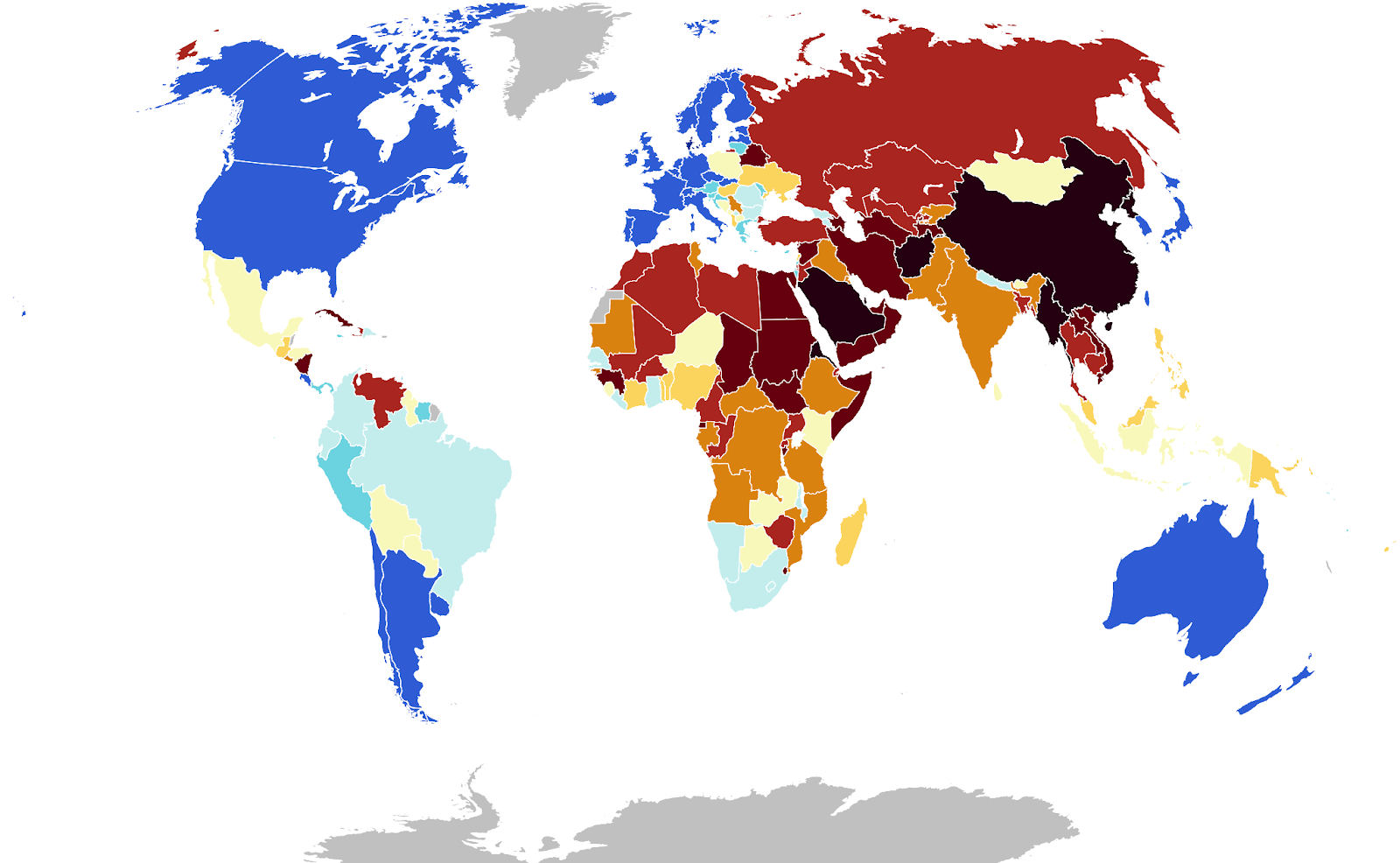Western Museums Repatriate Stolen African Artifacts
The Smithsonian recently returned 29 Benin Bronzes from Benin City, Nigeria. (Wikimedia Commons)
The Smithsonian returned 29 African artifacts called the Benin Bronzes to Nigeria on October 11, joining museums around the world in repatriating artifacts stolen during colonial rule.
The Benin Bronzes are a collection of commemorative sculptures created for ancestral altars and ritual worship produced in Benin City, the capital of the Kingdom of Benin. The Kingdom of Benin controlled a large part of modern-day Nigeria from the 13th century until the 19th century when British colonial forces toppled the kingdom. Kings, called Obas, ruled from Benin City and commissioned works from the artisans in their court. The Benin Bronzes are also important sociological artifacts that narrate the social and dynastic history of the Obas.
In the late 19th century, British colonial forces fought the Kingdom of Benin for control over the Benin region as part of a larger wave of colonization known as the “Scramble for Africa.” In 1897, British forces attacked Benin City, looted the Oba’s palace and shrines, and subjected the city to a bloody occupation. The ruling Oba was exiled and Benin chiefs were executed. The British colonial power brought back the Benin Bronzes as “spoils of war.” The British Museum received 203 plaques as a donation, while other plaques were sold to different museums and private collectors.
Wealthy art collector Joseph Hirshhorn donated 14 of the Benin Bronzes from his private collection to the Smithsonian. The Bronzes were displayed in the National Gallery of Art and the National Museum of African Art (NMAFA) for more than a century. Nigerian activists campaigned for decades for the return of the Bronzes, and created a web database to catalog where all the Bronzes were displayed. However, their efforts were unsuccessful until recently, when public interest put pressure on museums to return unethically obtained artifacts.
In a joint ceremony on October 11, the Smithsonian transferred ownership of the 29 Bronzes to the people of Nigeria. Nigeria’s National Commission for Museums and Monuments (NCMM) will receive 20 of the artifacts immediately, while the other nine will remain at the NMAFA on loan.
This decision follows the Smithsonian’s ethical returns policy, which was adopted in April. The policy sets out guidelines and authorizes the return of Smithsonian pieces that were acquired unethically. At the ceremony, Secretary of the Smithsonian Lonnie G. Bunch, III, explained that the return reflects the Smithsonian’s commitment to reckoning with how objects were acquired and their past histories, stating, “Ethical considerations should be at the heart of everything the Smithsonian does.”
This recent exchange adds the Smithsonian to a list of institutions, including the German government, the Horniman Museum in London, the University of Aberdeen, and Jesus College at the University of Cambridge, that have all agreed to return all the Benin Bronzes in their possession. Although Nigerians have long advocated for the Bronzes’ return, this new wave of repatriation is unprecedented.
The new trend has not been limited to the Benin Bronzes. German museums have recently returned artifacts stolen from Namibia, Tanzania, and Cameroon; France returned statues, thrones, and other sacred artifacts to its former colony Benin. However, some Western museums and institutions have also refused to return looted artifacts in their possession.
The debate over repatriation deals with the complex legacy of colonialism in Europe and Africa, and raises important questions about culture and ownership. Many Nigerians hope repatriation of the Benin Bronzes will give them a new chance to control the legacy of their own heritage. British colonial rule exploited Nigeria, its people, and its culture. Repatriation allows Nigerians to display their cultural artifacts in Nigerian museums and regain control of the knowledge-sharing and representation of their history.
However, David Frum argued in The Atlantic that African artifacts should remain in Western museums because they allow large numbers of viewers to appreciate cultural heritage from around the world. He explained that artifacts can transfer ownership but remain in European or American museums on loan or through collaboration programs to allow more people to see them and appreciate African culture.
Artifacts like the Benin Bronzes hold immense cultural significance, and thus ownership of them represents control over a culture. The disagreement between those who believe all looted African artifacts should be displayed in African museums and those who believe the artifacts should remain on display in Western museums stems from the tension between control versus appreciation of culture.
Although repatriation of artifacts is an extremely contentious issue, the Smithsonian’s recent move demonstrates there is potential room for compromise. The people of Nigeria now own all of the Benin Bronzes previously owned by the Smithsonian and Nigeria’s NCMM will be able to decide their fate. Nine of the Smithsonian’s Benin Bronzes will remain on loan at the NMAfA, while the other twenty will be returned to Nigeria. Visitors at the NMAfA will still be able to see some of the Bronzes, while most of them are finally returning home after 125 years.




